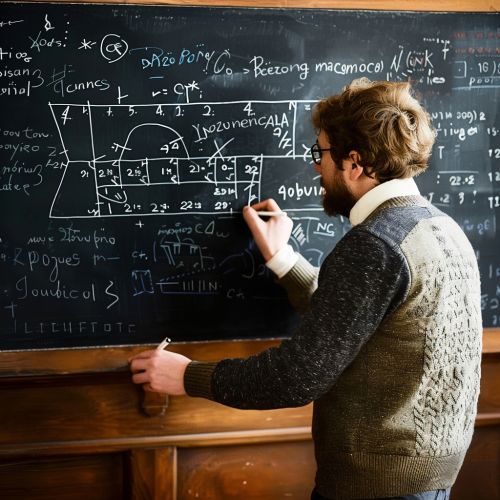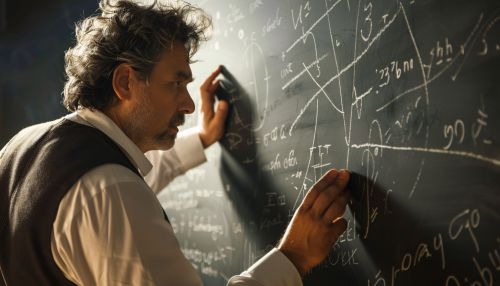Theorem Proving
Introduction
Theorem proving is a branch of mathematical logic and computer science that involves the development and application of algorithms and software to prove mathematical theorems. It is a fundamental aspect of formal verification, automated reasoning, and symbolic computation. The field has significant implications for the verification of software and hardware systems, ensuring their correctness and reliability.
Historical Background
The origins of theorem proving can be traced back to the early 20th century with the development of formal logic. The work of David Hilbert and Kurt Gödel laid the groundwork for the formalization of mathematical proofs. Hilbert's program aimed to formalize all of mathematics, while Gödel's incompleteness theorems demonstrated inherent limitations in formal systems.
The advent of computers in the mid-20th century brought new possibilities for automated theorem proving. Early pioneers such as Alan Turing and John McCarthy explored the potential of machines to perform logical reasoning. The development of the first automated theorem prover, the Logic Theorist, by Allen Newell and Herbert A. Simon in 1956 marked a significant milestone in the field.
Fundamental Concepts
Formal Systems
A formal system consists of a set of axioms and inference rules used to derive theorems. The axioms are statements assumed to be true, and the inference rules dictate how new statements (theorems) can be derived from existing ones. Formal systems are the foundation of theorem proving, providing a rigorous framework for logical reasoning.
Proof Techniques
Several proof techniques are employed in theorem proving, including:
- **Natural Deduction**: A method of deriving theorems using a set of inference rules that mimic natural reasoning.
- **Resolution**: A rule of inference used in Propositional Logic and First-order Logic to derive contradictions and prove theorems.
- **Sequent Calculus**: A formal system for proving the validity of logical statements using sequents, which are expressions of the form "if A then B".
Proof Assistants
Proof assistants, also known as interactive theorem provers, are software tools that assist in the development of formal proofs. Examples include Coq, Isabelle, and HOL Light. These tools provide a user-friendly interface for constructing proofs, checking their correctness, and exploring mathematical theories.
Automated Theorem Proving
Automated theorem proving (ATP) involves the use of algorithms and software to automatically prove theorems without human intervention. ATP systems are designed to handle a wide range of logical systems, from propositional logic to higher-order logic.
Techniques in ATP
- **Model Checking**: A technique used to verify the correctness of finite-state systems by exhaustively exploring their state space.
- **Satisfiability Modulo Theories (SMT)**: A method for determining the satisfiability of logical formulas with respect to certain theories, such as arithmetic or arrays.
- **Term Rewriting**: A technique for transforming mathematical expressions into simpler forms using a set of rewrite rules.
Applications of ATP
Automated theorem proving has numerous applications, including:
- **Software Verification**: Ensuring the correctness of software programs by proving properties such as termination, safety, and liveness.
- **Hardware Verification**: Verifying the correctness of hardware designs, such as microprocessors and digital circuits.
- **Mathematical Proofs**: Assisting mathematicians in the discovery and verification of new mathematical theorems.


Challenges and Limitations
Despite significant advancements, theorem proving faces several challenges and limitations:
- **Complexity**: The complexity of many mathematical theorems makes automated proving difficult. Some problems are inherently intractable, requiring significant computational resources.
- **Expressiveness**: The expressiveness of formal systems can limit the types of theorems that can be proved. Higher-order logics are more expressive but also more challenging to automate.
- **Human Interaction**: While automated theorem provers can handle many tasks, human intuition and creativity are often required to guide the proof process.
Future Directions
The future of theorem proving lies in the integration of machine learning and artificial intelligence techniques. Researchers are exploring ways to enhance automated theorem provers with learning algorithms that can adapt and improve over time. Additionally, the development of more powerful proof assistants and the formalization of larger mathematical theories will continue to advance the field.
